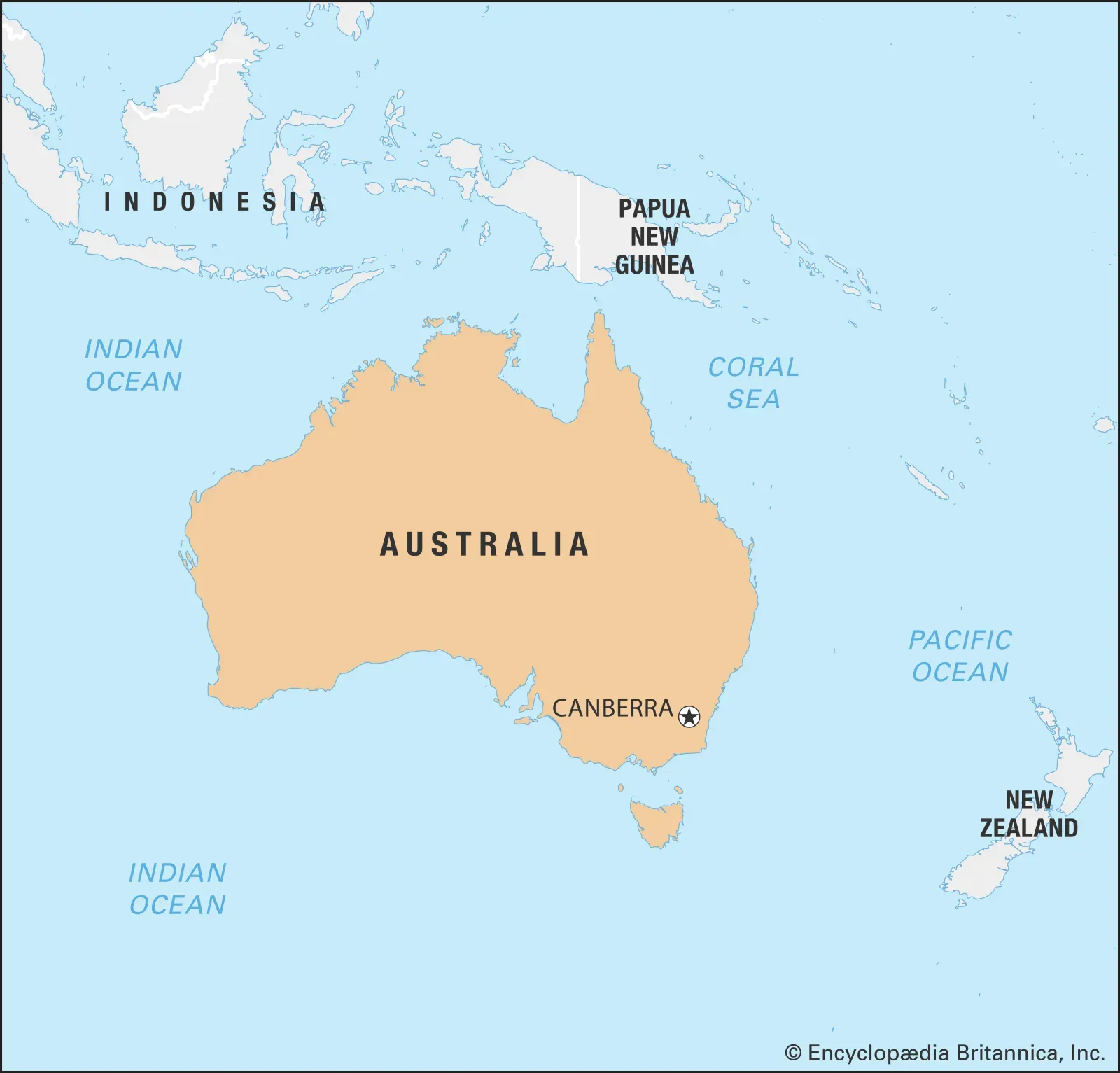What Is the Difference Between South America and Latin America?
South America is a continent located in the Western Hemisphere, comprising 12 countries, including Brazil, Argentina, and Colombia. Latin America, however, is a cultural and linguistic region that includes countries in both South and Central America where Romance languages such as Spanish and Portuguese are spoken. This means Latin America encompasses parts of North America, including Mexico and parts of the Caribbean. Therefore, while all South American countries are part of Latin America, not all Latin American countries are in South America.

When discussing the regions of South America and Latin America, many people often use the terms interchangeably. However, it is important to understand the distinct differences between the two. Here, we will explore the definitions, geographical boundaries, cultural aspects, and linguistic characteristics that set South America apart from Latin America. This comparison will help clarify the nuances that define each region.
Geographical Boundaries
South America is a continent located in the Western Hemisphere, bordered by the Atlantic Ocean to the east and the Pacific Ocean to the west. It is made up of 12 countries, which include:
| Country | Capital |
|---|---|
| Argentina | Buenos Aires |
| Bolivia | Sucre (constitutional), La Paz (seat of government) |
| Brazil | Brasília |
| Chile | Santiago |
| Colombia | Bogotá |
| Ecuador | Quito |
| Guyana | Georgetown |
| Paraguay | Asunción |
| Peru | Lima |
| Suriname | Paramaribo |
| Uruguay | Montevideo |
| Venezuela | Caracas |
On the other hand, ''Latin America'' is a broader cultural and linguistic region that includes all the countries in the Americas where Romance languages are predominantly spoken, primarily Spanish and Portuguese. This means that Latin America encompasses not only South America but also parts of Central America and Mexico, as well as some Caribbean nations. The countries considered part of ''Latin America'' include:
| Region | Countries Included |
|---|---|
| South America | All 12 countries listed above |
| Central America | Guatemala, Belize, Honduras, El Salvador, Nicaragua, Costa Rica, Panama |
| Mexico | Mexico |
| Caribbean | Cuba, Dominican Republic, Puerto Rico, among others |
Cultural Differences
Culture plays a significant role in distinguishing ''South America'' from ''Latin America''. South America is known for its rich diversity in indigenous cultures, colonial history, and the influence of various immigrant populations. Each country within South America has its unique cultural heritage, traditions, and customs. For example, countries like Peru and Bolivia boast ancient civilizations such as the Inca, while Brazil has a vibrant mix of African, Indigenous, and Portuguese influences.
In contrast, ''Latin America'' as a whole showcases a more extensive blend of cultural influences, including African, European, and Indigenous roots across various nations. The shared linguistic heritage of Spanish and Portuguese unites these countries, creating a common cultural thread that distinguishes them from non-Latin American regions.
Linguistic Characteristics
Language is another critical factor in differentiating between ''South America'' and ''Latin America''. In ''South America'', Spanish and Portuguese are the dominant languages, with Spanish spoken in most countries and Portuguese the official language of Brazil. However, many countries also recognize indigenous languages, such as Quechua in Peru and Aymara in Bolivia, which contribute to the linguistic diversity of the continent.
''Latin America'', while predominantly Spanish-speaking, includes countries where French is spoken (such as Haiti and parts of the Caribbean) and English (in Belize and some Caribbean islands). This linguistic diversity highlights the broader cultural and historical influences that shape ''Latin America'' as a whole.
Economic Disparities
Economically, ''South America'' and ''Latin America'' also present differences. South America has some of the world's largest economies, including Brazil and Argentina. These economies are characterized by agriculture, mining, and service sectors that contribute significantly to their GDPs. The continent faces various economic challenges, including inequality and political instability, which can vary widely from country to country.
In contrast, the economic landscape of ''Latin America'' is more varied and includes countries with different levels of development and economic stability. While some nations are thriving, others face significant challenges related to poverty, corruption, and lack of infrastructure. Understanding these economic disparities is crucial for grasping the complexities of ''Latin America'' as a whole.
Conclusion
In summary, while ''South America'' and ''Latin America'' may seem synonymous at first glance, they encompass different geographical, cultural, linguistic, and economic characteristics. South America is a specific continent with 12 countries, while Latin America is a broader term that includes all countries in the Americas where Romance languages are spoken. Recognizing these differences helps in understanding the rich diversity and complexity of the regions involved.












